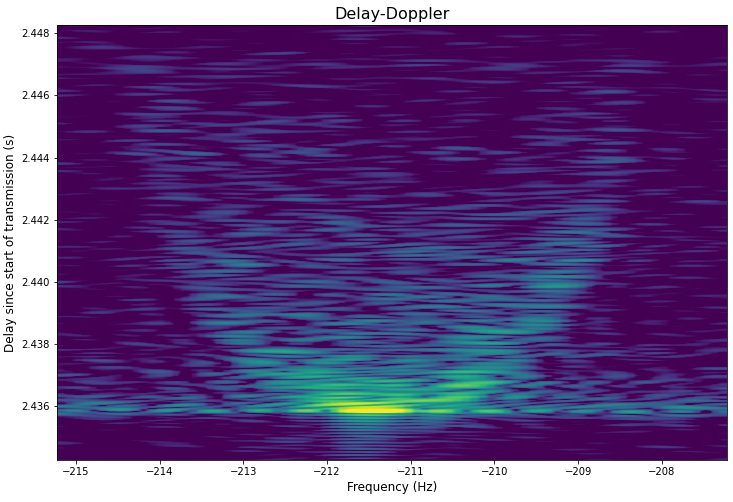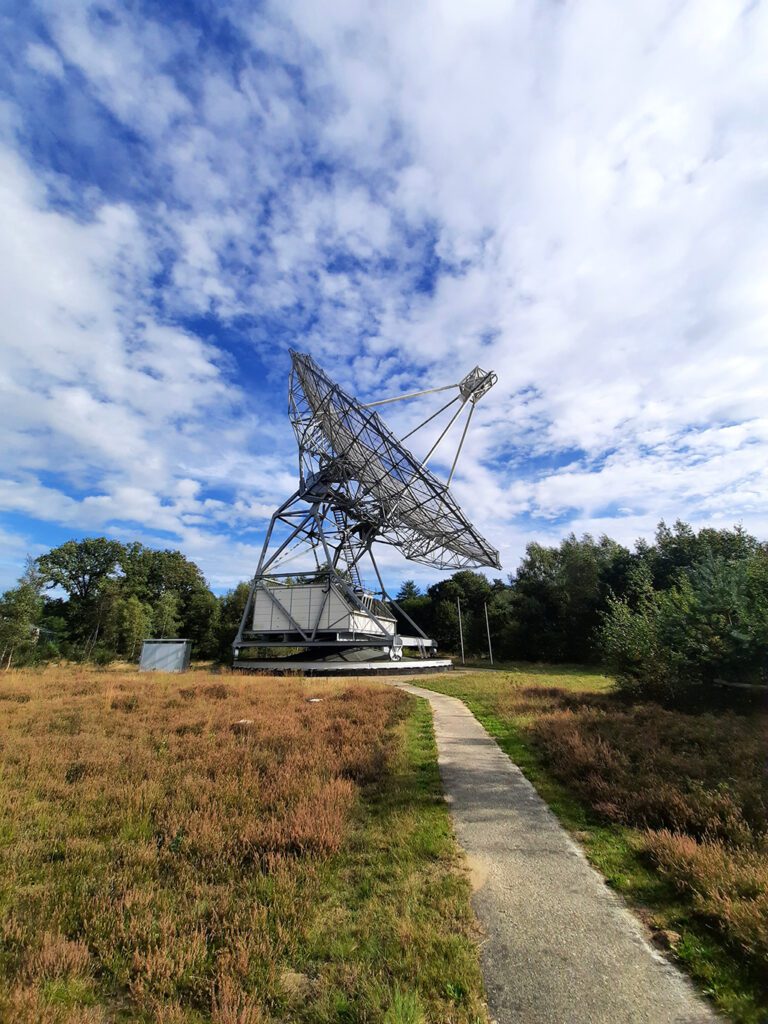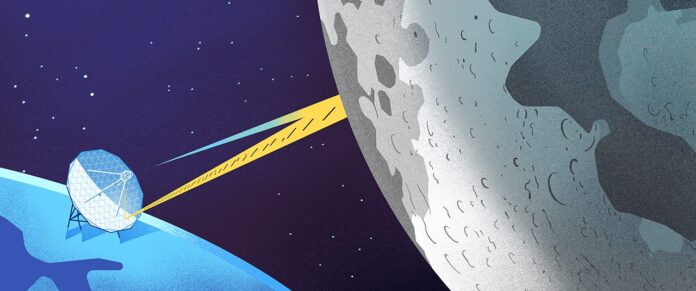A team of scientists in Europe has bounced a LoRa message off the Moon. The feat sets a new distance record of 730,360 kilometres for the distance travelled by a LoRa-based low-power wide-area (LPWA) IoT message. It was also the first time a data message was bounced using an off-the-shelf small RF (radio-frequency) chip. The team used a Semtech LR1110 RF transceiver chip in the 430-440 Mhz amateur band; the signal arrived back home “2.44 seconds later”, they said.
The experiment was handled by UK and Netherlands satellite IoT company Lacuna Space, which has worked with Semtech, which owns the proprietary LoRa technology, for some years to extend LoRa connectivity to the whole planet. Lacuna Space has launched a constellation of low-orbit (LEO) satellites equipped with LoRaWAN gateways into space, capable of receiving LoRaWAN messages from the ground. The plan is to fill the blackspots between terrestrial gateways out of cellular reach, and gateways at sea.

A statement from Lacuna Space said of the latest Moon-bounce: “For a brief moment in time the entire PI9CAM message was in space, on its way from Earth to the Moon, and back… It proved LoRa technology can cover such great distances, and that it is possible to send and receive low-powered messages from the Moon. This could become relevant for future lunar communications.”
PI9CAM is the call sign of the telescope used in the experiment. The team consisted of Jan van Muijlwijk and Tammo Jan Dijkema from the C. A. Muller Radio Astronomy Station (CAMRAS), in charge of the single-dish Dwingeloo radio telescope in the Netherlands. The Dwingeloo telescope, commonly used for amateur radio experiments and ‘moon bounces’, was used for the LoRa transmission.
Thomas Telkamp, chief technology officer at Lacuna Space, and Frank Zeppenfeldt, in the satellite telecommunications group at the European Space Agency (ESA), were also involved. Some amateur licensed radio engineers were also involved, by all accounts.
A statement said: “On 5 October 2021, the team transmitted the signal with a Semtech LR1110 RF transceiver chip in the 430-440 Mhz amateur band, amplified to 350 Watt, using the 25-metre dish of the telescope. 2.44 seconds later, it was received by the same chip. Using the LR1110 RF chip the team also measured the frequency offset due to the Doppler effect caused by the relative motion of the Earth and the Moon.”
 One of the messages contained a full LoRaWAN frame consisting of a header (information such as device address and message counter), payload (the data actually sent) and payload CRC (integrity check of payload). In addition to the LoRa chips, the team used a software defined radio (SDR) to capture both the transmitted and received signal for further analysis. These measurements together with analysis notebooks will be published as open data. An in-depth overview of the entire experiment and results will be presented at The Things Conference in January (sign-up here).
One of the messages contained a full LoRaWAN frame consisting of a header (information such as device address and message counter), payload (the data actually sent) and payload CRC (integrity check of payload). In addition to the LoRa chips, the team used a software defined radio (SDR) to capture both the transmitted and received signal for further analysis. These measurements together with analysis notebooks will be published as open data. An in-depth overview of the entire experiment and results will be presented at The Things Conference in January (sign-up here).
Nicolas Sornin, co-inventor of LoRa, commented: “This is a fantastic experiment. I had never dreamed that one day a LoRa message would travel all the way to the moon and back. I am impressed by the quality of the data captured. This dataset is going to become a classic for radio communications and signal processing students. A big thumbs up to the team and CAMRAS foundation for making this possible.”

Telkamp said: “Seeing the message coming back from the Moon was exhilarating. From the round-trip time we were able to calculate the distance to the moon, matching very well the predicted values of NASA’s JPL Horizons ephemeris system. We even used the echo to see the shape of the moon, which we didn’t imagine we could.”

